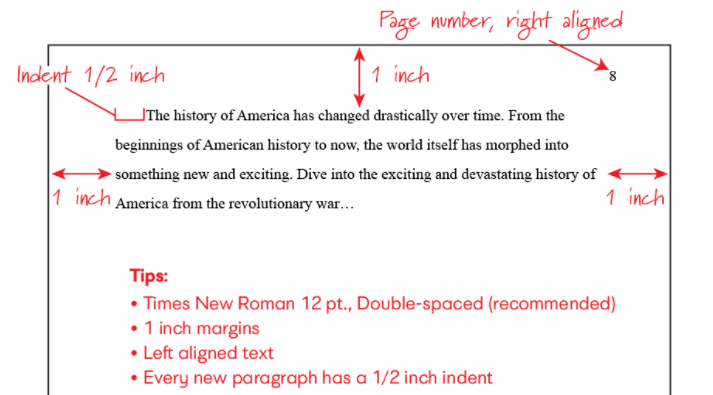If you want to use the Chicago Referencing Style, an excellent place to start is the Chicago Manual of Style. Here is where you can find guidelines for in-text citations and references. With the Chicago style, referencing can be done following two systems:
- Notes and bibliography
- Author-date
Notes and bibliography
Students in the humanities like literature, history, and the arts mostly use the notes and bibliography system.
Students cite the sources in footnotes or endnotes using a numbered format. In this system of the Chicago referencing style, sources are cited in numbered footnotes or endnotes.
Remember that footnotes appear at the bottom of every page, whereas endnotes appear at the end of the document. Choose one and maintain that consistency.
A bit of footnotes
Every footnote has a corresponding number mentioned as a superscript in the text.
Footnotes can either be full notes or short notes. Usually, a full note is used when citing a reference for the first time. It has details of the author’s full name, the title, the subtitle of the book, the edition, if any, the place of publication, the publisher, the year, the page numbers, or the URL.
On the other hand, short notes are used for repeated citations and contain only the author’s last name, the title, and the page number.
Moreover, there is a separate bibliography wherein all the sources are listed. As a result, this system works well with various sources that might not always comply with the author-date system.
Author-date
Used more commonly by students in the sciences and social sciences, the author-date system follows the author’s last name and the year of publication in the text in parentheses. You may also use page or section numbers if you aim to be more specific.
Remember to not use any punctuation in between the name and the year.

Academic Referencing Styles – Chicago
Reference list
Each in-text citation corresponds to a full-fledged reference list. It is arranged in alphabetical order based on the author’s last name, and it contains all the information related to the publication.
Again, if your entry in the reference list is longer than a single line, then the second and the third lines will be indented.
The information or details to be provided in the reference list will vary depending on the format of your source. For instance, if it is a book, you might need to give the author’s last name, first name, the year, the title of the book, the edition, the place of publication, publisher’s name, page numbers, or URL (if online).
Similarly, if it is a chapter, then the title of the chapter and the editor’s name must also be provided.
If you are referencing a journal, make sure to mention the title of the article, the journal’s title, the issue number, the date of issue, or the URL.
Like with the other referencing styles, there can be variations in the Chicago referencing style with changes in the number of authors, the number of sources with the same author, or missing information.
Are you looking to get your work edited with Chicago referencing style, then contact us today.